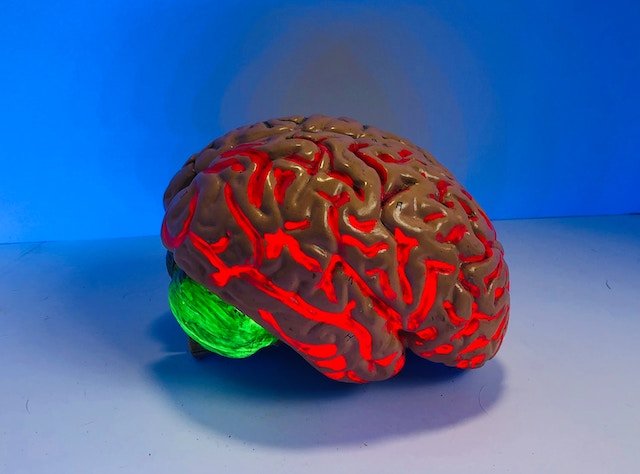
Cerebral edema, swelling that occurs in the brain, is a severe and potentially fatal complication of stroke.
In a new study, researchers found for the first time that the glymphatic system—normally associated with the beneficial task of waste removal—goes awry during a stroke and floods the brain, triggering edema and drowning brain cells.
These findings show that the glymphatic system plays a central role in driving the acute tissue swelling in the brain after a stroke.
Understanding this dynamic points the way to potential new strategies that could improve stroke outcomes.
The research was conducted by a team at the University of Rochester and elsewhere.
First discovered by the Nedergaard lab in 2012, the glymphatic system consists of a network that piggybacks on the brain’s blood circulation system and is comprised of layers of plumbing, with the inner blood vessel encased by a ‘tube’ that transports cerebrospinal fluid (CSF).
The system pumps CSF through brain tissue, primarily while we sleep, washing away toxic proteins and other waste.
While edema is a well-known consequence of stroke, there are limited treatment options and the severity of swelling in the brain depends upon the extent and location of the stroke.
Because the brain is trapped in the skull, it has little room to expand. If the swelling is severe, it can push in on important structures such as the brainstem, which regulates the cardiovascular and respiratory systems, resulting in death.
In extreme cases and often as a last resort, surgeons will remove a part of the skull to relieve the pressure on the brain.
Ischemic stroke, the most common form of stroke, occurs when a vessel in the brain is blocked. Denied nutrients and oxygen, brain cells become compromised and depolarize—often within minutes of a stroke.
As the cells release energy and fire, they trigger neighboring cells, creating a domino effect that results in an electrical wave that expands outward from the site of the stroke, called spreading depolarization.
As this occurs, vast amounts of potassium and neurotransmitters released by neurons into the brain. This causes the smooth muscle cells that line the walls of blood vessels to seize up and contract, cutting off blood flow in a process known as spreading ischemia.
CSF then flows into the ensuing vacuum, inundating brain tissue and causing edema.
The already vulnerable brain cells in the path of the flood essentially drown in CSF and the brain begins to swell.
These depolarization waves can continue in the brain for days and even weeks after the stroke, compounding the damage.
In the study, the team correlated the brain regions in mice vulnerable to this post-stroke glymphatic system dysfunction with edema found in the brains of humans who had sustained an ischemic stroke.
The findings suggest potential new treatment strategies used in combination with existing therapies focused on restoring blood flow to the brain quickly after a stroke.
The team says the study could also have implications for brain swelling observed in other conditions such as subarachnoid hemorrhage and traumatic brain injury.
The lead author of the study is Maiken Nedergaard, M.D., D.M.Sc.
The study is published in Science.
Copyright © 2019 Knowridge Science Report. All rights reserved.



